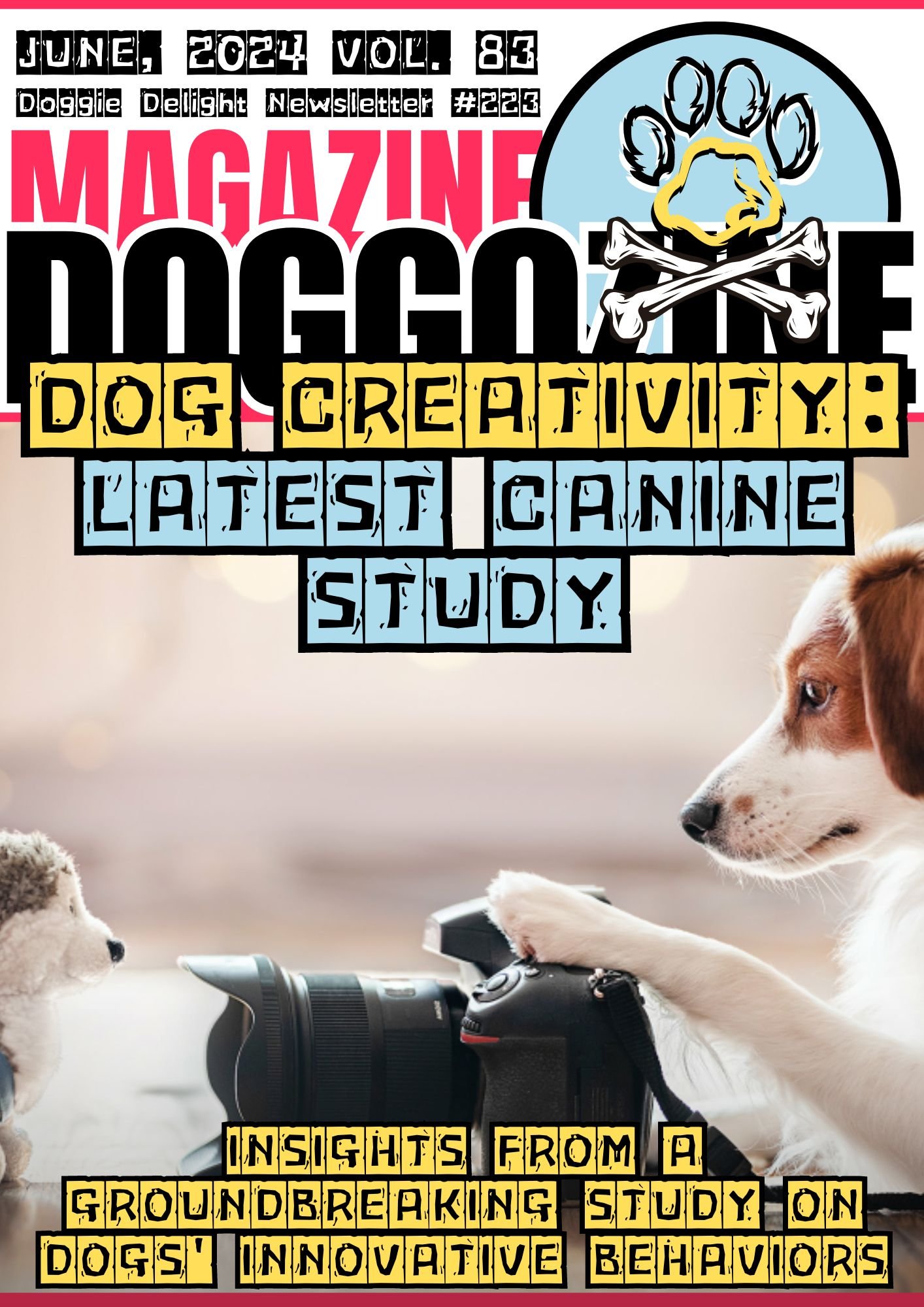
UNLEASHING DOG CREATIVITY: INSIGHTS FROM A GROUNDBREAKING STUDY ON DOGS’ INNOVATIVE BEHAVIORS
Have you ever wondered about your dog boundless creativity? Dogs may surprise you with their innovative behaviors! A new study explores the depths of canine minds. It sheds light on their clever problem-solving skills. Professors Elaina Franklin and Lauren Highfill made an exciting discovery. They compared dogs’ creative thinking to other animals. Their research unveils fascinating findings about dogs’ unique creativity. Witness the magic of canine cognition firsthand! This study looks at how training shapes dogs’ creative behavior. It helps us understand nuances of dog behavior better. It provides insights into improving human-animal bonds. Get ready to appreciate the genius of our four-legged friends!
Exploring Dog Creativity: Insights From a Groundbreaking Study on Dogs’ Innovative Behaviors
Animals often amaze us with their intelligence. A new study highlights our dogs’ creative potential. This groundbreaking research explores dogs’ creative abilities. It offers insights into animal cognition. Eckerd College’s professor Elaina Franklin and Lauren Highfill led this study.
They delved into the fascinating world of dogs’ creative minds. Their findings have implications for understanding animal thinking. The study used classical conditioning to test dogs’ problem-solving skills. Dogs displayed impressive creative behaviors in novel situations. Their ability to think outside the box surprised researchers.
Mental Stimulation could Unlock Dogs’ Creative Potential
For instance, one experiment required dogs to get a treat. Some dogs found innovative ways to reach the reward. They used objects creatively or sought help from owners. These findings challenge the notion that creativity is unique to humans. Dogs may possess creative problem-solving abilities beyond basic training. Understanding this can deepen our bond with pets.
The research also highlights the importance of enriching environments. Providing mental stimulation could unlock dogs’ creative potential further. It allows them to explore and find novel solutions. Overall, this study opens new avenues for exploring animal cognition. It encourages pet owners to appreciate their dogs’ innovative minds. By nurturing their creativity, we foster stronger human-animal relationships.
Introduction to the Eckerd College Study about Dog Creativity
Elaina Franklin, an experienced animal trainer, teamed up with Lauren Highfill, Ph.D. They started a special study. It explored creativity in dogs. The Association of Professional Dog Trainers provided funding. The researchers wanted to see if dogs could show new behaviors when given certain cues.
This study built on past research about animal behavior. For example, Ivan Pavlov did a famous experiment with dogs. He studied how dogs learn by linking sounds to rewards. The new study looked at whether dogs could come up with new actions in response to cues. The researchers aimed to understand dog thinking better. They wanted to compare it to human creativity.
🔑 Key Points: Elaina Franklin and Lauren Highfill led the Eckerd College study. It aimed to see if dogs can be creative. They wanted to learn more about how dogs think by studying their ability to show new behaviors in response to cues. The study built on Pavlov’s classic work on how dogs learn.
The Genesis of Dog Creativity: A Comparative Analysis
To understand where dog creativity comes from, the study looked at “create behavior.” It compared this to classical conditioning, which Pavlov studied. In his famous experiment, dogs learned to link a bell sound with getting food. The new study asked if dogs could show new behaviors when given certain cues, like the bell in Pavlov’s work.
By comparing their findings to Pavlov’s experiment, the researchers hoped to uncover how creativity works in dog minds. They wanted to see if there are similarities between dog and human creativity and thinking.
🔑 Key Points: The Eckerd College research drew parallels between creative behaviors in dogs and the principles of classical conditioning, as seen in Ivan Pavlov’s famous dog experiment. This helped shed light on how creativity originates in dogs.
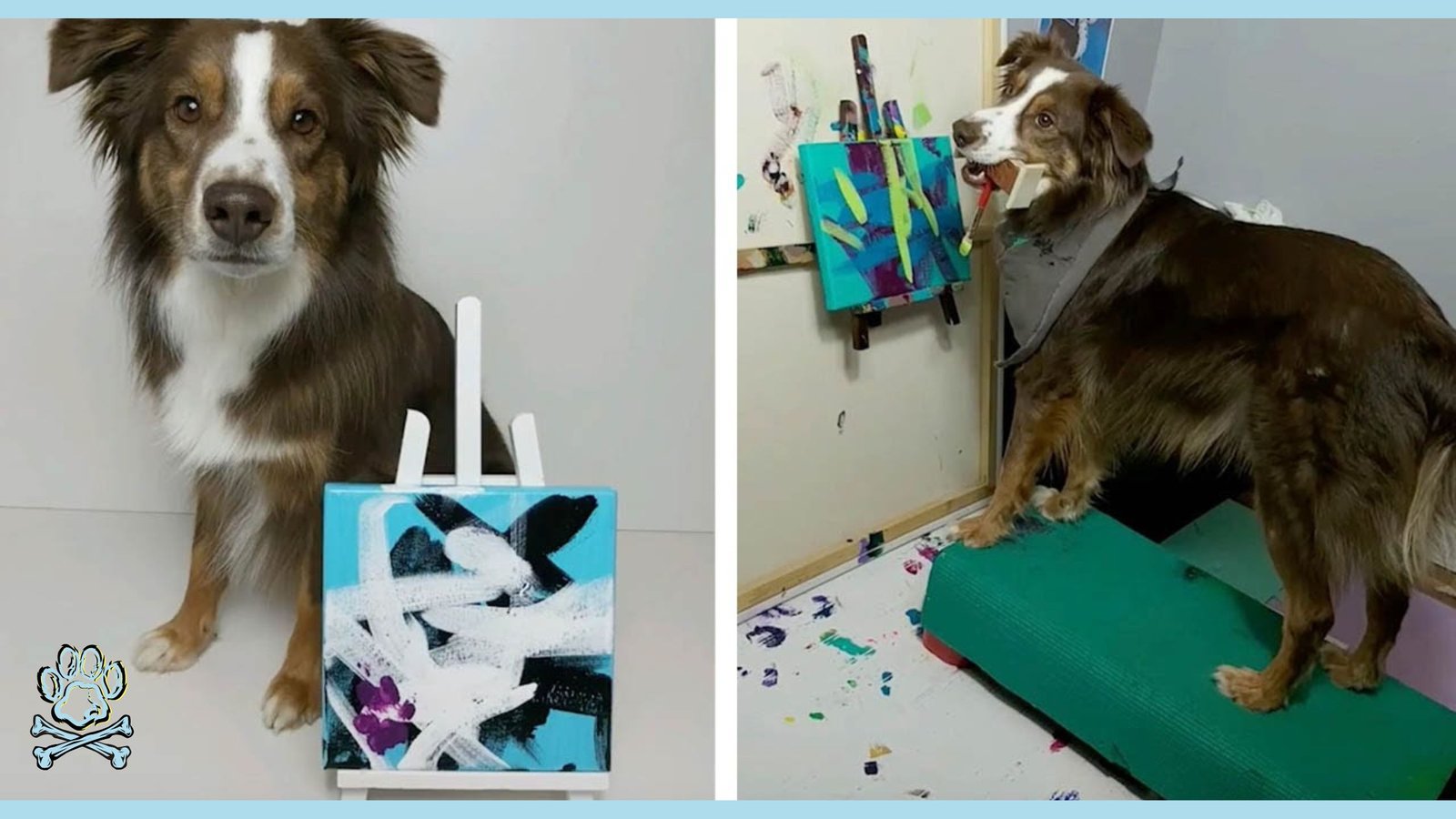
THE STUDY’S APPROACH: UNCOVERING DOG CREATIVITY
The study’s background and methods were carefully planned to explore dogs’ creative capabilities. Elaina Franklin, an expert animal trainer, teamed up with certified dog trainers. Together, they created exercises to test the dogs’ problem-solving skills. Funded by The Association of Professional Dog Trainers, the study involved dogs with diverse backgrounds and training levels. This team effort ensured a thorough assessment of dog creativity across different breeds and personalities.
The Creative Challenges
The dogs took part in exercises designed to encourage creative responses.
These included:
- Problem-solving tasks like finding hidden treats.
- Obstacle courses that let dogs navigate novel environments.
- Puzzle toys that required figuring out how to access rewards.
Throughout, trainers closely observed and recorded the dogs’ behaviors. They noted any instances of innovative problem-solving or novel approaches to the tasks.
🔑 Key Points: The study’s methodology involved a collaborative effort between professional animal trainers and diverse dogs. It utilized carefully designed exercises to assess canine creativity across various breeds and backgrounds.
Fascinating Findings: The Display Of Dog Creativity
The results from the Eckerd College study were truly remarkable. Over four training sessions, every dog showed more creativity in their responses. Some dogs were great problem-solvers. They found smart ways to get hidden treats or move through obstacle courses easily. Other dogs had unique approaches to the tasks. Some used their paws to work on puzzle toys. Others made distinctive sounds to communicate their needs.
- Species Comparisons: The study compared dogs’ creative abilities to other animals. Past research showed dolphins and killer whales could make new behaviors based on cues. The Eckerd study revealed dogs also have this creative capacity, though different dogs showed varying levels.
- Individual Differences: While all the dogs showed creative behaviors, the researchers noticed differences. Some dogs liked to explore and try new things. But others relied on methods they already knew. These individual differences highlight the diverse cognitive skills among dogs.
🔑 Key Points: The study found all participating dogs became more creative over the training sessions. But individual dogs displayed different levels of creativity. The results showcase the impressive problem-solving abilities and unique approaches that dogs can develop.
The Role of Classical Conditioning in Dogs’ Creative Behavior
Classical conditioning plays a big part in how dogs act creatively. Ivan Pavlov’s famous experiment showed that dogs can learn to link a neutral thing, like a bell sound, with something meaningful, like getting food.
In the Eckerd College study, trainers used specific cues like commands or signals. These prompted the dogs to respond creatively. Just like Pavlov’s dogs learned to drool when hearing a bell, the study dogs linked cues to solving problems in new ways.
🔑 Key Points: The ideas behind classical conditioning, as shown in Pavlov’s dog experiment, are key to how dogs develop creative behavior. Specific cues act as neutral things that trigger the dogs’ innovative responses.
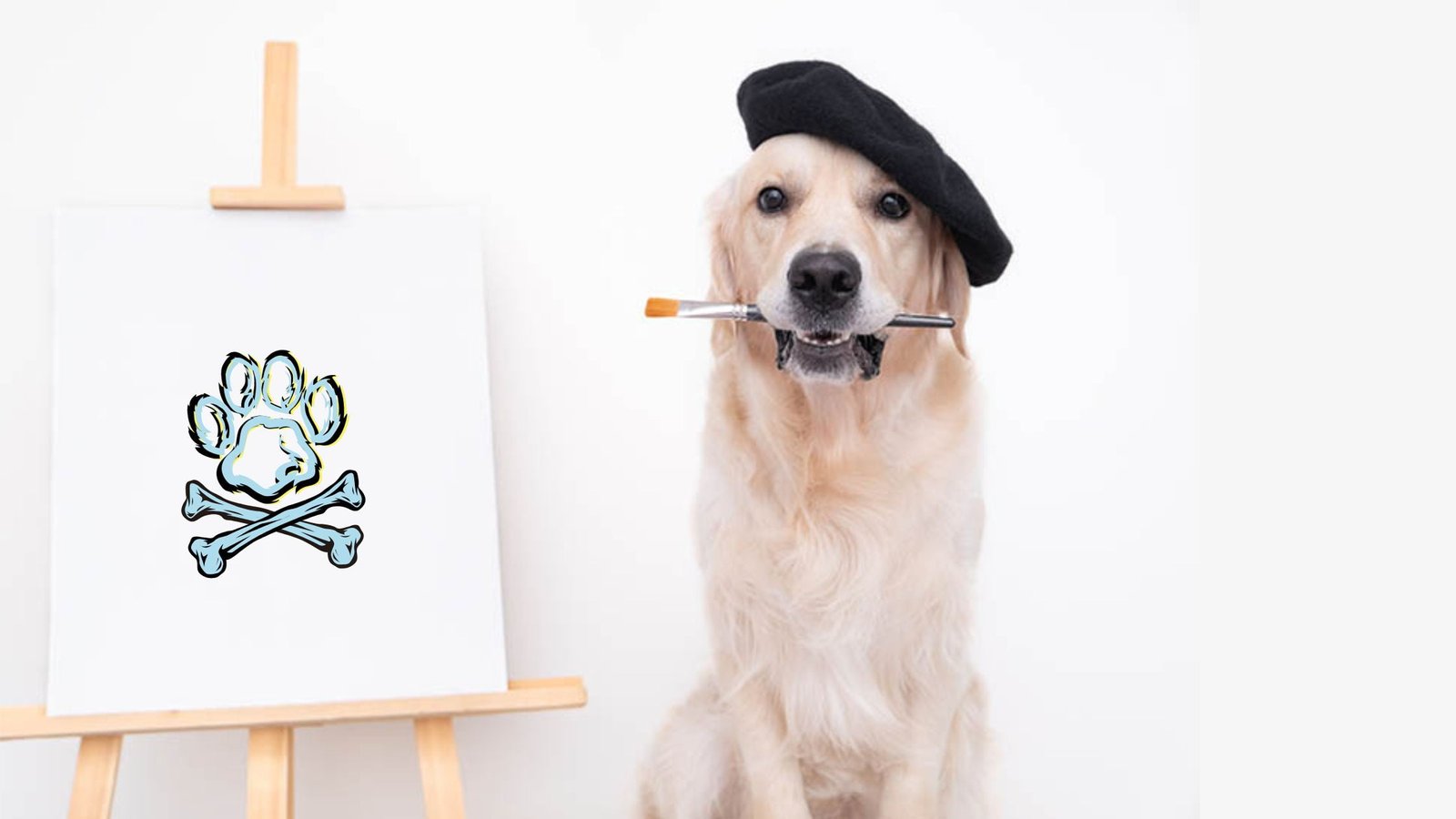
UNDERSTANDING DOG BEHAVIOR: INSIGHTS AND APPLICATIONS
The Eckerd College study findings give important insights into dog behavior. They show how to develop effective training methods. By seeing dogs’ creative potential, owners and trainers can better approach cognitive development and positive behavior.
General Principles of Training
The study stresses including cognitive challenges and problem-solving in regular training. By engaging dogs’ minds and encouraging creative thinking, trainers can enhance their overall training programs’ effectiveness.
Body Language and Communication
Understanding dogs’ creative talents also gives a closer look into their subtle body language and communication methods. By observing how dogs express themselves during creative tasks, owners can gain valuable insights. They can better understand their pets’ emotional states and needs.
Practical Solutions
The study’s findings offer practical solutions. They can help address common behavioral issues in dogs. By providing mental stimulation and creative expression opportunities, owners can help. They can alleviate boredom, reduce destructive behaviors, and promote overall well-being in their canine companions.
🔑 Key Points: The insights gained from the Eckerd College study have practical applications. They help understand dog behavior, develop effective training strategies, and promote canine companions’ overall well-being.
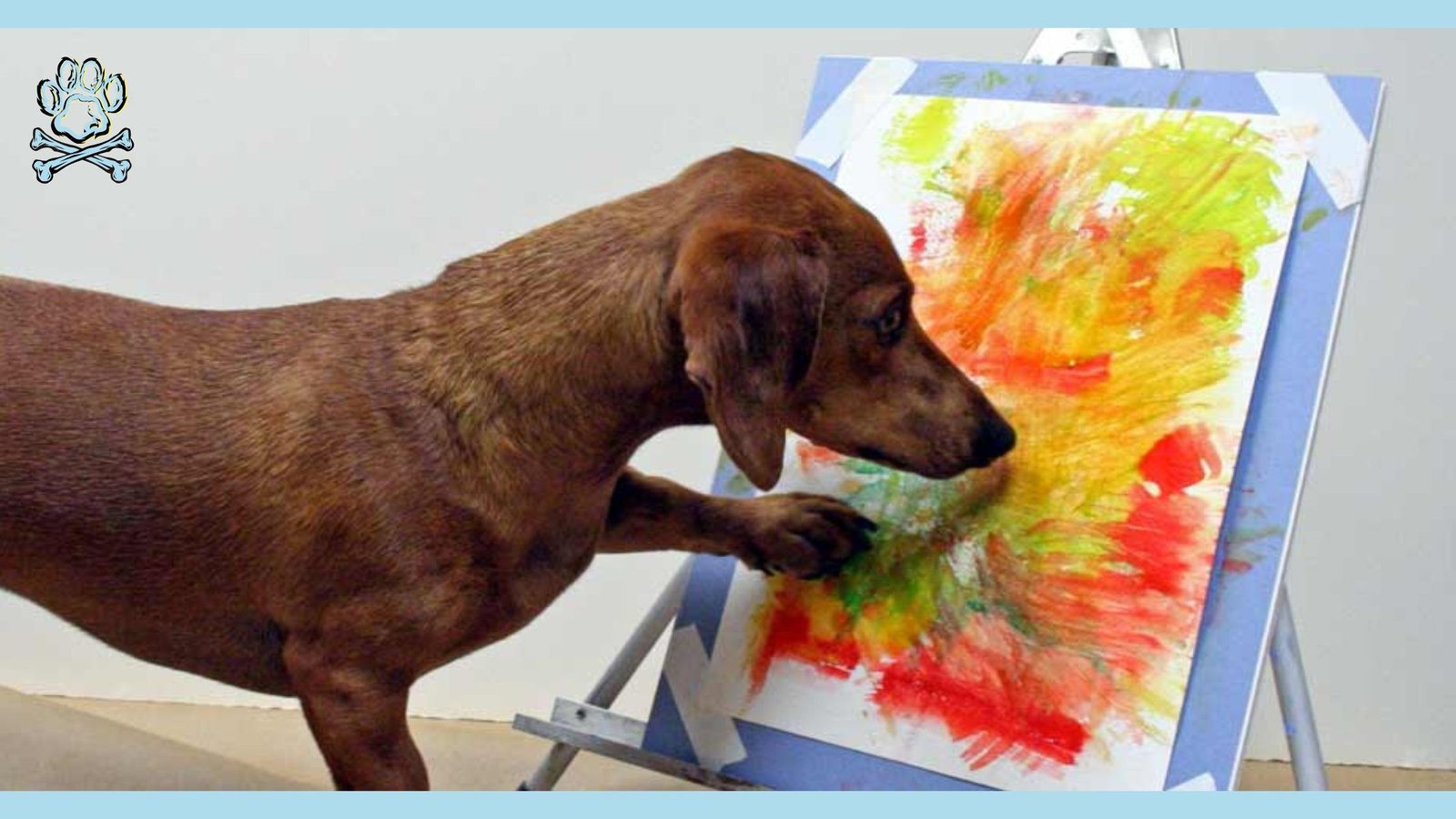
TRAINING CREATIVE CANINES: TECHNIQUES AND TIPS
Including creativity in regular training sessions can have profound benefits. It benefits both dogs and their owners. By fostering a strong bond and providing mental stimulation, creative training enhances the human-canine relationship. It leads to a more fulfilling life for both.
The Basics of Positive Reinforcement Training
Positive reinforcement training is a key approach to shaping dog behavior. By rewarding desired behaviors and ignoring unwanted ones, trainers encourage dogs to repeat actions leading to positive outcomes. This technique works well when combined with creative exercises challenging dogs’ cognitive abilities.
Engaging Cognitive Tasks
Dogs need mental stimulation to stay alert and engaged. Giving them cognitive tasks helps achieve this goal.
Here are some examples:
- Hide-and-seek is a fun game. You can hide treats or toys. The dog must use its nose and brain to find them.
- Scent work exercises challenge a dog’s sense of smell. These activities are mentally enriching.
- Agility courses require problem-solving skills. They make a dog think and overcome obstacles.
Varying these tasks keeps things interesting. New challenges motivate dogs to learn more.
Practical Solutions for Behavioral Issues
Creative training addresses common dog behavior problems.
Here are some examples:
- Teaching ‘speak’ on cue can curb excessive barking. It gives the dog an approved way to vocalize.
- Puzzle toys redirect chewing onto appropriate objects. They satisfy a dog’s urge to chew.
- ‘Settle’ exercises help hyper dogs relax. The dog learns to be calm on cue.
Understanding why issues happen is key. Proper outlets let dogs express themselves positively. This shapes good behavior.
🔑 Key Points: Using creativity, positive reinforcement, and cognitive tasks enhances the human-dog bond. It provides solutions for behavior issues. This allows fulfilling life with our canine friends.
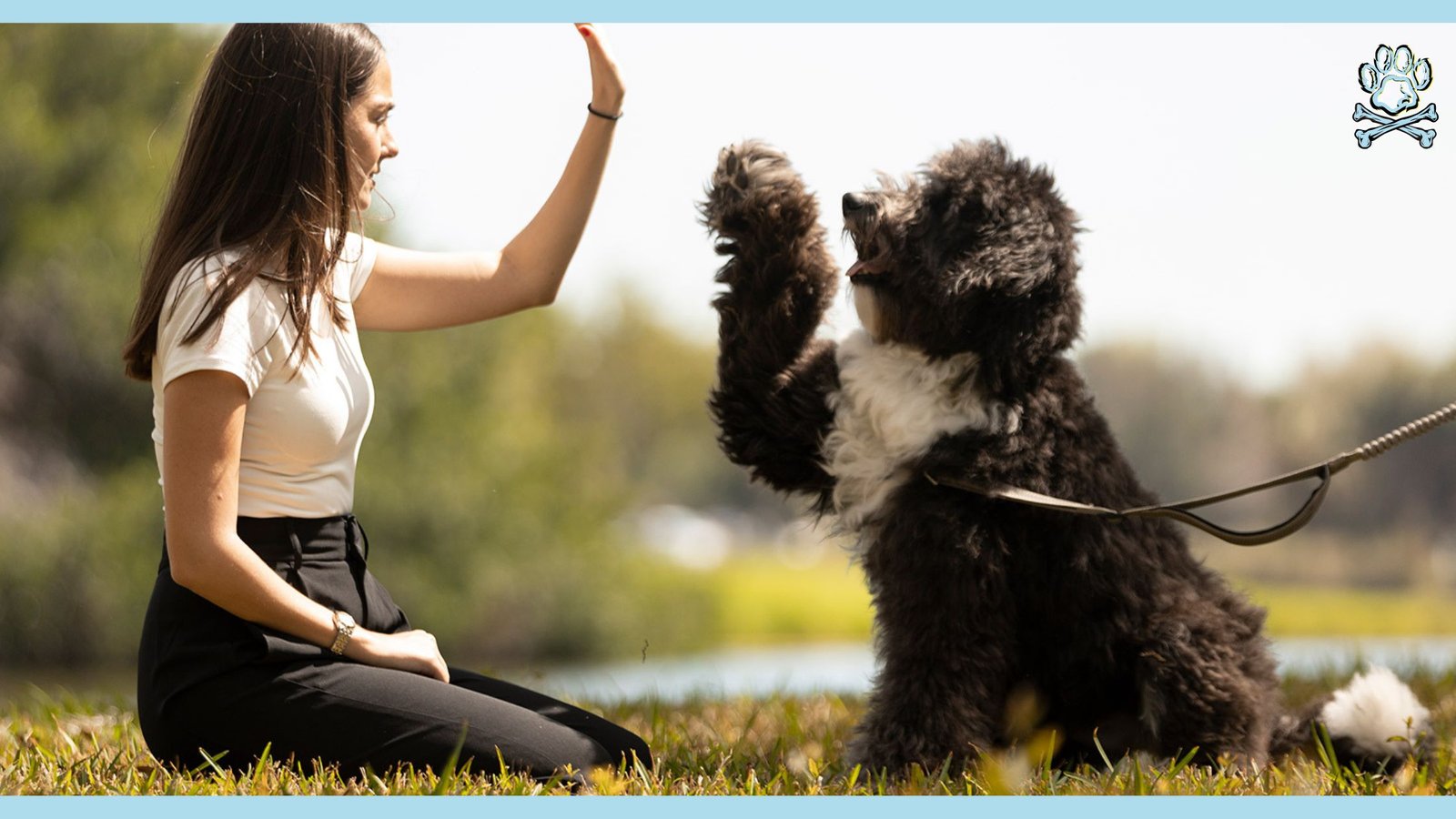
THE HUMAN-ANIMAL BOND: LESSONS IN DOG CREATIVITY AND INNOVATION
The Eckerd study reveals insights about dogs’ creativity. But it also teaches about human-animal relationships. Understanding animal cognition deepens our appreciation. We see the richness of their inner experiences.
Parallels to Human Behavior
The findings highlight intriguing similarities between dog creativity and human conduct. Just like people differ in creative talents, canines also display individuality. This realization sheds light on shared mental processes underlying innovation and problem-solving across species.
The Value of Scientific Research
The blend of scientific inquiry and practical uses in the Eckerd College study underscores the significance of sustained animal cognition research. By supporting and funding such studies, we gain deeper insights into animal minds and develop better strategies for interacting with non-human companions.
Enhancing the Human-Canine Bond
Ultimately, insights from studying dog creativity can deepen and enrich the human-canine bond. By recognizing and nurturing our dogs’ cognitive abilities, we foster meaningful relationships built on mutual understanding and respect.
🔑 Key Points: The Eckerd College study offers valuable lessons on creativity and innovation beyond canine cognition, highlighting research’s importance in understanding animal behavior and enhancing human-animal bonds.
The Influence of Prior Knowledge and Environmental Factors on Canine Creativity
While the study provides compelling evidence for dog creativity, various factors can influence canine responses. Prior knowledge like training experiences and environmental factors like distractions or unfamiliar settings can impact a dog’s ability to exhibit creative behaviors. Previous training may shape a dog’s problem-solving approach.
For instance, dogs trained with positive reinforcement methods may be more likely to explore creative solutions. However, overly rigid training could hinder flexibility and ingenuity. Environmental distractions can also affect a dog’s focus and creative thinking. Noisy or chaotic surroundings may impede their ability to concentrate on the task at hand.
Conversely, a calm and familiar environment could foster creativity by reducing stress and promoting comfort. Additionally, the study’s setting itself could influence a dog’s response. Unfamiliar locations may cause anxiety or curiosity, impacting their willingness to engage creatively. Familiarity with the testing environment could allow dogs to feel more at ease, potentially enhancing their creative expression.
While prior knowledge and environmental factors can shape canine creativity, the Eckerd College study highlights the remarkable cognitive abilities of dogs. By understanding these influences, we can better appreciate and nurture the creative potential of our canine companions in various settings.
The researchers acknowledged that more research needs to be done. They want to fully grasp how these elements impact creativity in dogs. Future studies exploring these things can give us a deeper understanding. This can help unlock the creative potential in our furry friends.
🔑 Key Points: Prior knowledge and environment may influence dog creativity. However, more research is required for a comprehensive guide to unleash dogs’ innovative abilities.
Comparative Cognition: Creativity Across Animal Species
The Eckerd College study offers insight into dog creativity. It also contributes to comparative cognition research. Examining creative skills across species provides clues on creativity’s origins and benefits. Past studies published in journals explored creativity in dolphins, chimps, and more. Eckerd College’s findings add to this growing knowledge. They highlight the incredible mental abilities of our canine companions.
🔑 Key Points: The study advances comparative cognition understanding. It explores dog creativity compared to other animals. This sheds light on the evolutionary roots of innovation.
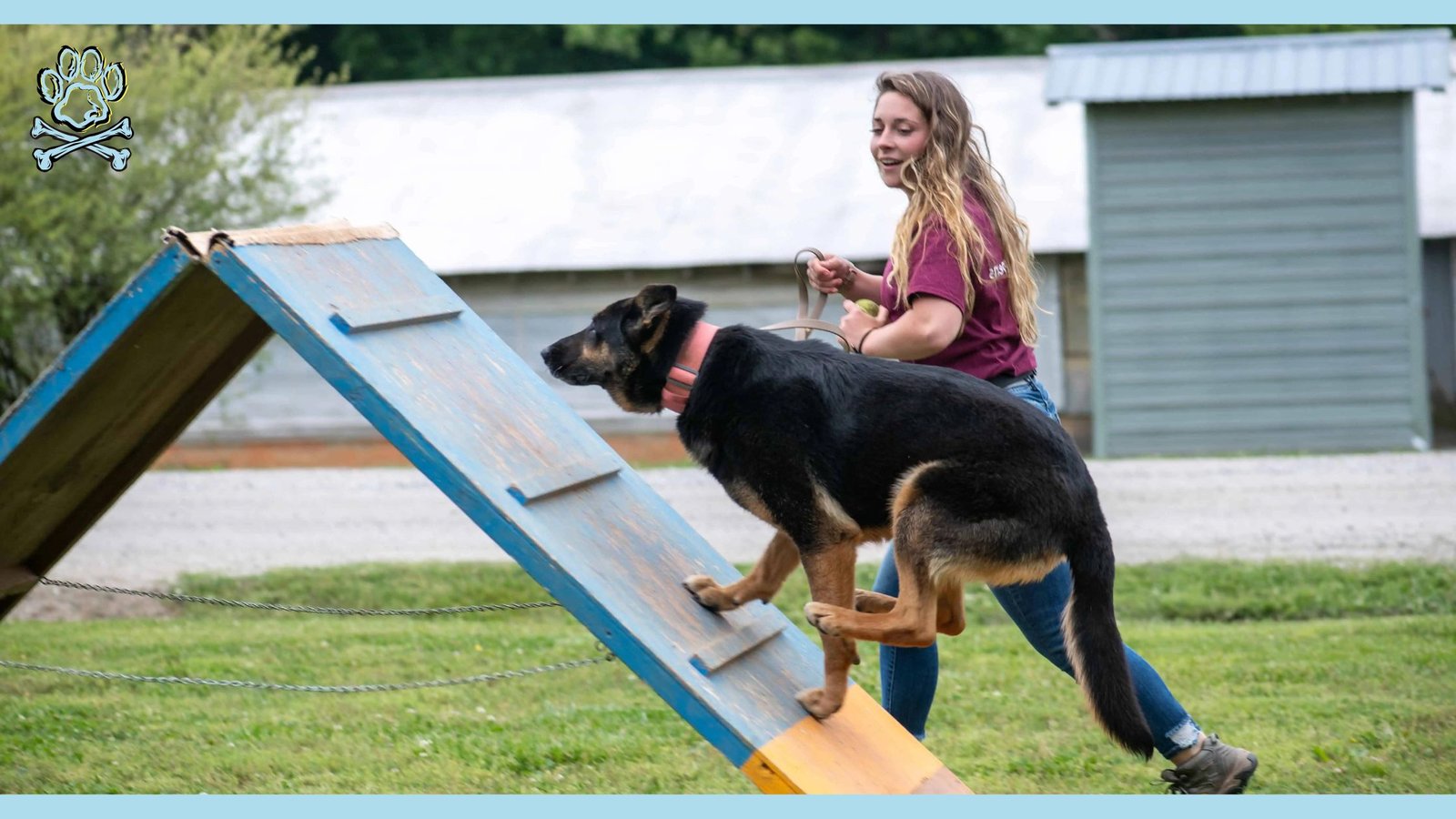
FUTURE DIRECTIONS IN DOG CREATIVITY RESEARCH
The groundbreaking findings from the Eckerd College study open up an exciting path. They allow for further exploration of dogs’ cognitive abilities. And their implications for animal cognition as a whole. Future studies could dig deeper into individual differences. They could examine the role of factors like breed, age, and training history. Additionally, researchers might investigate the neural mechanisms behind creative behavior. They could use advanced imaging techniques. They could map brain activity during problem-solving tasks.
🔑 Key Points: The study opens up exciting avenues. For future research into dog creativity. From exploring individual differences to investigating neural mechanisms. Underlying innovative behavior in dogs.
Key Takeaways for Dog Owners and Enthusiasts
The insights gained from the study have practical applications. For dog owners and enthusiasts alike. By understanding our canine companions’ creative potential, we can enrich their lives. And strengthen the bond we share.
Nurturing Dog Creativity Through Training
We can incorporate creative exercises and cognitive challenges. Into regular training sessions. This can help nurture our dogs’ innovative abilities. By providing opportunities for problem-solving and mental stimulation. We can keep our dogs engaged and motivated to learn.
Potential Playful Activities and Games
Introducing playful activities and games can stimulate creativity. Like hiding treats and toys for dogs to find. Or creating obstacle courses with varying challenges. Such activities encourage problem-solving and out-of-the-box thinking. Rotating toys and puzzles can also prevent boredom. And promote continual learning. As dogs explore different shapes, textures, and mechanisms.
Enriching Dogs’ Environments
Providing an enriched environment is crucial for nurturing creativity. By introducing new sights, sounds, and smells, we can encourage exploration. And prevent stagnation in their daily routines. Simple changes like rearranging furniture or introducing new toys can stimulate curiosity. And encourage dogs to approach familiar situations from fresh perspectives.
🔑 Key Points: By understanding and nurturing our dogs’ creative potential, we can foster their cognitive development.
Enhancing Canine Well-being
Our dogs have amazing creative abilities. Giving them chances to use creativity can help them in many ways. It can stop boredom and stress. And it can lead to better behavior. We should provide proper outlets for our dogs to express their creativity.
Strengthening the Human-Canine Bond
Understanding our dogs’ cognitive abilities can make our bond stronger. When we engage in creative activities together, we build a meaningful relationship. We show mutual respect and understanding.
🔑 Key Points: The Eckerd College study gives great insights for dog owners. It shows the value of nurturing creativity through training. Creativity enhances canine well-being and strengthens the bond with humans.
A Quick Summary about Dog Creativity
So, the study “Unleashing Dog Creativity” reveals fascinating facts about dogs’ creativity and cognition. It explores how creativity begins in dogs and their innovative behaviors. We learn the role of classical conditioning, prior knowledge, and environment in nurturing canine creativity.
Comparing dogs to other animals broadens our view of their cognition. Dogs show genius in diverse ways. Future creativity research promises exciting discoveries about enhancing our bond with these intelligent beings. For owners, the key lessons offer practical tips and deeper appreciation for the human-animal connection.
Let’s make the most of this unique adventure. Always be open to new ideas. Dogs can learn in creative ways. Try new training methods. Build a strong bond. Stay positive when teaching. Understand how your dog thinks and behaves.
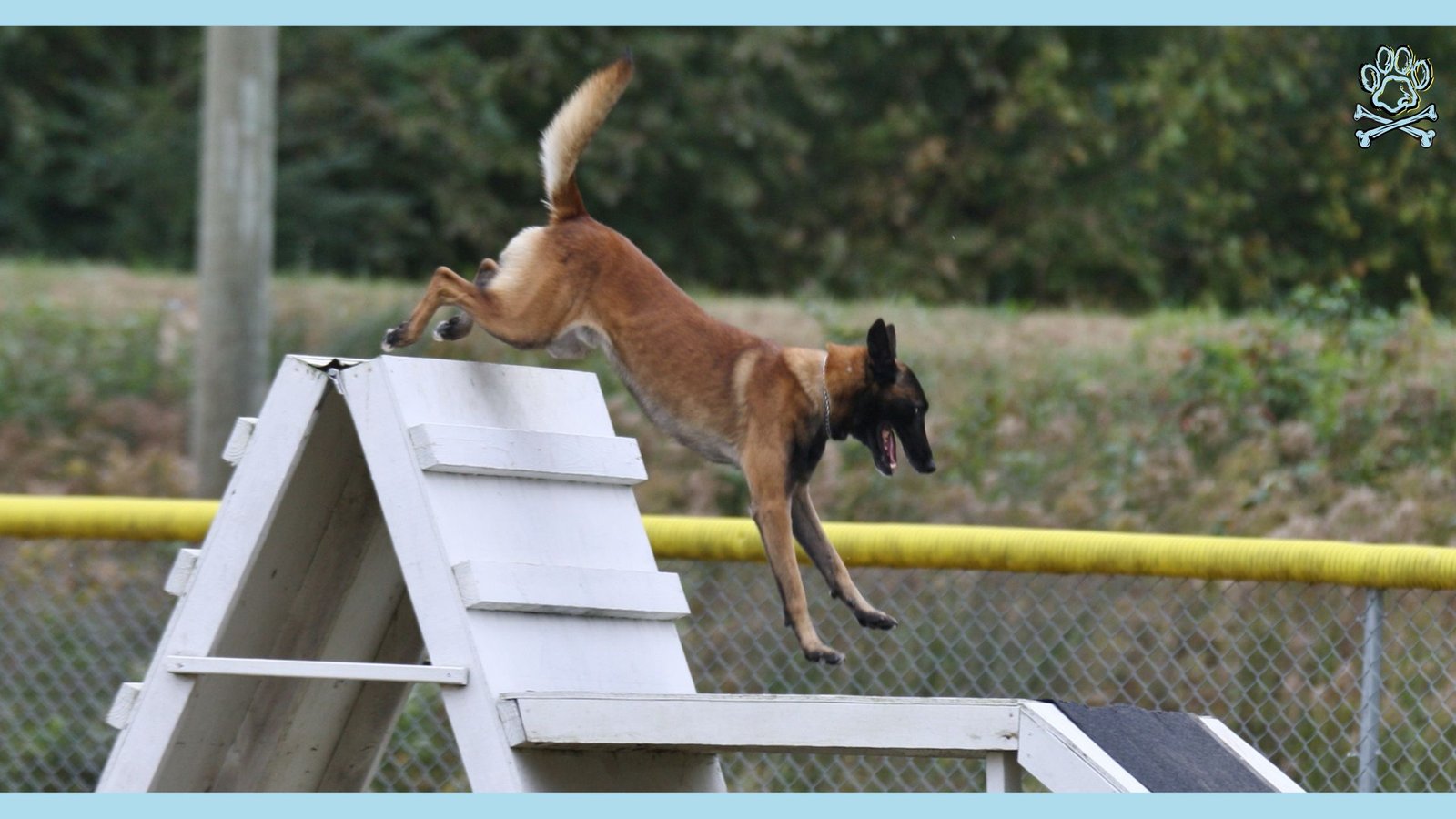
Thank you for joining us. Enjoy every moment with your furry friend.
There are so many ways to enrich their lives. Have fun exploring this world together.









